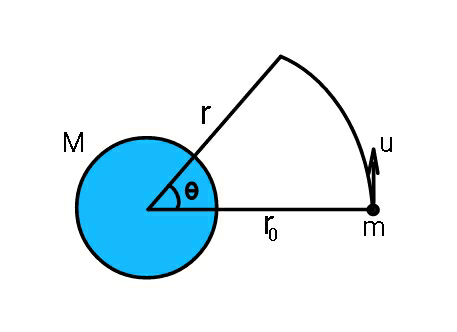
AllQuestion and Answers: Page 1567
Question Number 53783 Answers: 1 Comments: 0
Question Number 53782 Answers: 1 Comments: 0
Question Number 53781 Answers: 1 Comments: 1
Question Number 53780 Answers: 0 Comments: 0
$${find}\:{nature}\:{of}\:{the}\:{serie}\:\Sigma{sin}\left(\pi{en}!\right) \\ $$
Question Number 53779 Answers: 0 Comments: 0
Question Number 53778 Answers: 0 Comments: 1
Question Number 53775 Answers: 0 Comments: 0
Question Number 53770 Answers: 1 Comments: 0
Question Number 53769 Answers: 0 Comments: 4
Question Number 53740 Answers: 1 Comments: 0
Question Number 53736 Answers: 2 Comments: 4
Question Number 53732 Answers: 1 Comments: 7
Question Number 53755 Answers: 1 Comments: 9

Question Number 53720 Answers: 0 Comments: 1

Question Number 53709 Answers: 0 Comments: 1
Question Number 53697 Answers: 0 Comments: 1
Question Number 53696 Answers: 2 Comments: 2
Question Number 53695 Answers: 1 Comments: 1
Question Number 53694 Answers: 1 Comments: 0
Question Number 53693 Answers: 1 Comments: 1
Question Number 53689 Answers: 2 Comments: 1

Question Number 53688 Answers: 2 Comments: 1
Question Number 53686 Answers: 0 Comments: 5

Question Number 53684 Answers: 1 Comments: 4

Question Number 53676 Answers: 0 Comments: 5
Question Number 53675 Answers: 2 Comments: 0
Pg 1562 Pg 1563 Pg 1564 Pg 1565 Pg 1566 Pg 1567 Pg 1568 Pg 1569 Pg 1570 Pg 1571
